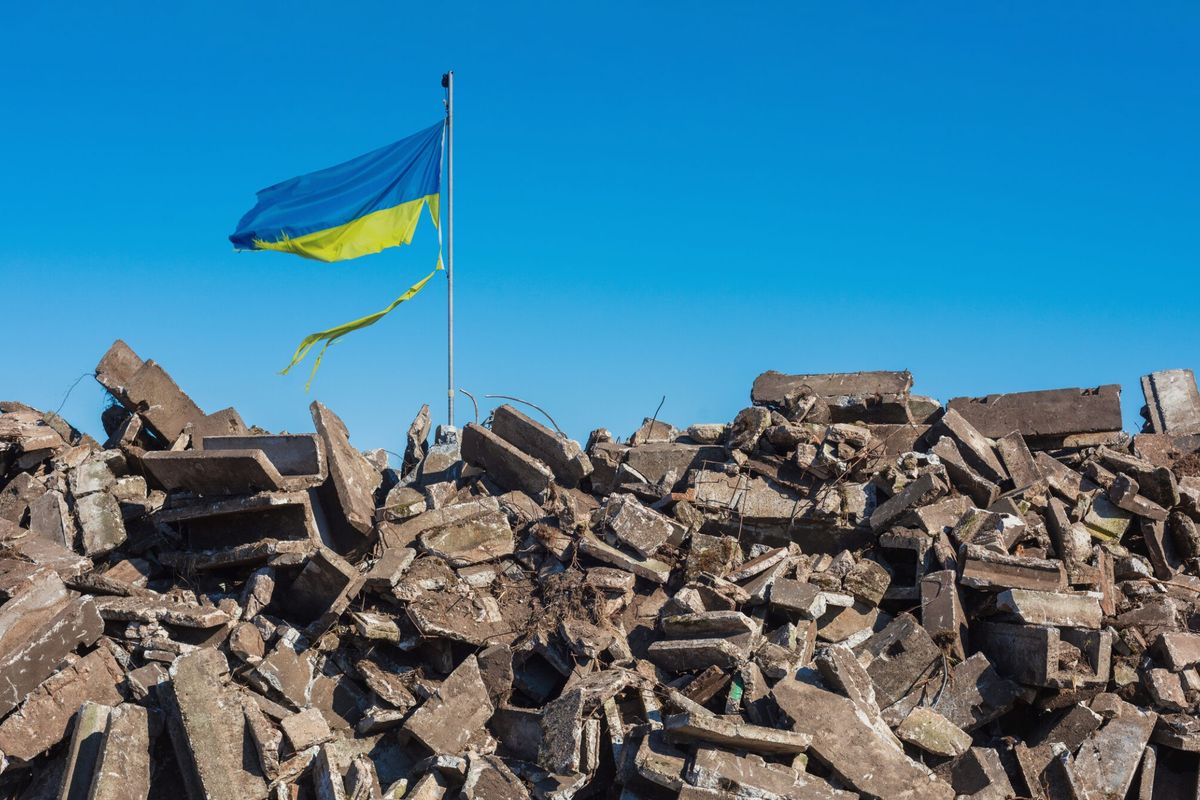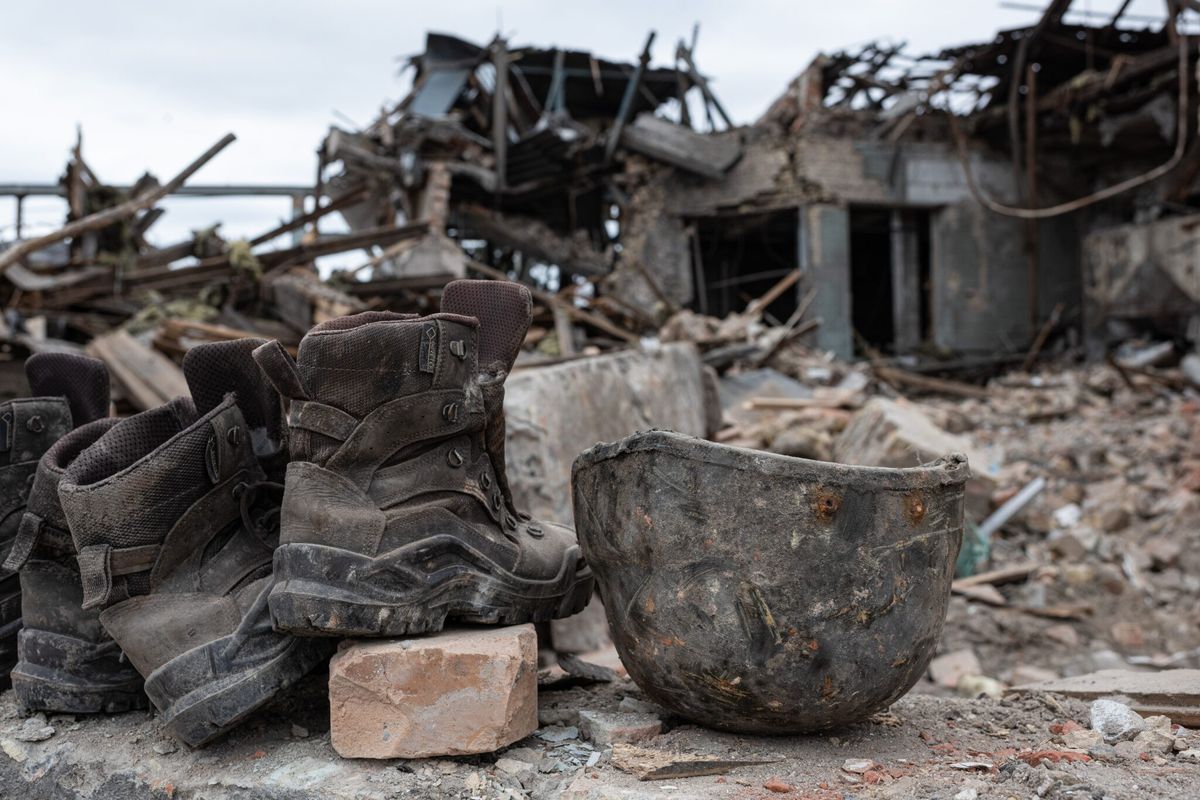The inauguration of Donald Trump as the 45th president of the United States has officially triggered a wave of significant policy changes in Washington, initially on issues of trade, foreign policy, energy, and the environment. At the same time, President Trump’s well-known isolationist foreign policy and protectionist trade agendas have raised serious questions and uncertainties regarding the future of bilateral relations with Canada. Already, Trump signed an executive order withdrawing the U.S. from the Trans Pacific Partnership (TPP) and has signaled plans to move quickly to meet with Prime Minister Justin Trudeau and Mexican President Enrique Pena Nieto to begin renegotiation talks on the North American Free Trade Agreement (NAFTA).
The shifting policy landscape in Washington has had serious direct and indirect impacts on Canada, especially as initial questions are raised about Prime Minister Trudeau’s energy and environmental agenda. Primarily, the prime minister is facing growing concerns regarding issue of competitiveness for Canadian oil and gas companies as Canada continues to advance its own aggressive environmental policies, while Trump aims to remove as much regulatory red tape as possible for fossil fuels development. Since sweeping to power in a historic election in October 2015, Trudeau’s energy priorities have been to balance his grand environmental and climate change mitigation ambitions with the current economic realities of Canada’s resource-based economy in the current low oil price environment. Oil sands development alone accounts for about three percent of total Canadian GDP, making it far too difficult for Trudeau to “phase out,” especially amid a period of sluggish economic growth.
Accordingly, Trudeau and his federal cabinet have granted final permits for major energy infrastructure projects, such as Kinder Morgan’s Trans Mountain expansion pipeline, Enbridge’s Line 3 replacement project, and the mega-Pacific Northwest LNG (liquid natural gas) export project in British Columbia. Trudeau and his government have also signaled support for TransCanada’s Keystone XL project, which bodes well for the project’s revival now that it has received a green light from Trump through a recently released executive order (however, how the construction “terms” specified by Trump will play out exactly remain unknown). Overall, Keystone XL could represent a significant area of cooperation between the Trump and Trudeau camps, opening-up the preferred market (the U.S. Gulf Coast) for oil sands producers, lowering the discount WCS (Western Canada Select) receives against WTI (West Texas Intermediate) while also creating jobs on both sides of the border.
At the same time, Trudeau has taken significant steps to bolster his green credentials both at home and on the international stage. Not only does Trudeau view climate change mitigation as a priority and legacy item, but he also sees the opportunity for Canada to take a leadership position on the issue and in clean technology innovation in the likely absence of U.S. leadership under Trump. Regardless of the competitiveness concerns being raised by Canadian firms, Trudeau will continue to prioritize environmental policies, such as the recent agreement struck with provinces on a Pan-Canadian Framework on climate, which includes the implementation of a national minimum carbon tax starting at CAD$10 in 2018 and rising to CAD$50 by 2022, plans to phase out coal-fired power plants across the country, and plans to adopt a national low carbon fuels standard to reduce emissions by 30 megatonnes per year by 2030. The Liberal-led federal government has also announced the complete overhaul and modernization of the National Energy Board (NEB) and the Canadian Environmental Assessment Act (CEAA) which will likely formalize an upstream greenhouse gas emissions test for resource-based projects, as well as a CAD$1.5 billion marine protection program for the country’s coastlines.
Also, in the first federal budget, Trudeau committed to historic green infrastructure investments to the tune of CAD$5 billion across five years. In the latest budget update tabled last fall, the government announced plans to invest CAD$21.9 billion in green infrastructure over the course of 11 years. In addition, in November, Trudeau announced the creation of a CAD$35 billion Canada Infrastructure Bank, which aims to attract investment to target, among other things, green energy projects. Overall, the momentum behind Trudeau’s green energy and environmental policies push is unlikely to falter despite the almost certain lack of support on these climate change issues from a Trump White House.
Finally, along with the high likelihood that Trudeau and Trump clash on policies regarding climate change, another area of possible conflict may come with regards to pipeline politics and the social license to operate. Trump will remain broadly supportive of pipeline projects in the U.S. and will use executive action to grant permits and attempt to de-bottleneck the regulatory review process. While positive for the oil and gas industry, the result risks an intense backlash from environmental groups that have already championed a successful North American anti-pipeline campaign. Canadian firms could get caught up in the backlash, which would then create major impediments for the advancement of domestic projects and therefore expanded market access for the oil sands.













